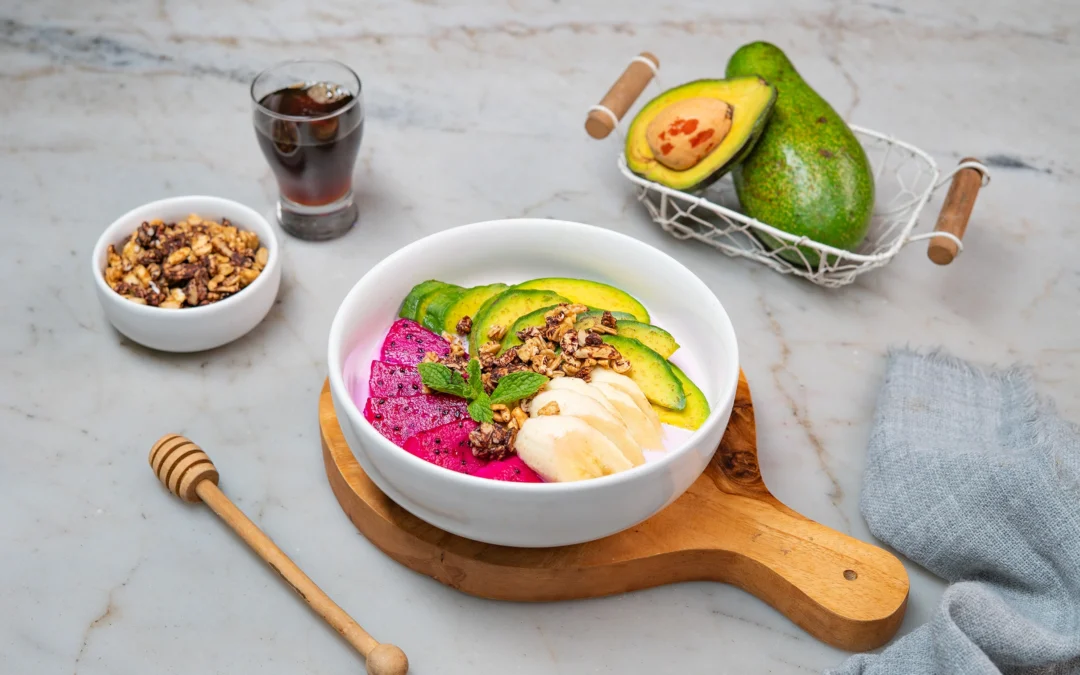
A slight delay, and your boiled egg’s texture might change, even earning it a new name! Yes, it turns out there are several types of boiled eggs depending on their doneness level. To achieve your desired type of boiled eggs, check out this article to find out how long you should boil them!
Learn the Right Way to Boil Eggs

Before discussing the doneness levels, it never hurts to know the best way to cook eggs. It doesn’t mean your usual method is wrong. Here, Minchef will share the right time to put the eggs in water, when to turn off the heat, and when to drain the eggs so they’re not undercooked or overcooked.
1. Ensure Eggs Are Fresh and Safe for Consumption
This is essential. Don’t put in the effort only to find out your eggs are spoiled or unsafe for consumption.
Besides checking the eggs’ freshness, you should also ensure they’re safe to eat. If you like your eggs slightly undercooked, be cautious about bacteria that may survive short boiling times. In this case, consider pasteurized eggs that are free of harmful bacteria like salmonella.
2. Use Room-Temperature Eggs

Often keep eggs in the fridge? If you want to make boiled eggs, take them out first and let them reach room temperature. This way, the shell won’t crack from the sudden heat.
3. Poke a Hole in the Shell
Even without sudden temperature changes, eggshells can still crack in high heat, causing egg whites to seep out into the boiling water.
You can still eat them, but you might need a strainer to collect the bits, and the inside of the egg will shrink, affecting its appearance. To prevent this, poke a hole in the bottom of the shell to allow expanding air inside to escape while boiling.
4. Boil the Water First
The boiling times Minchef uses here start once you place the eggs in boiling water. If you want to follow this guide, remember to start with room-temperature eggs and bring the water to a boil beforehand.
5. Remove and Cool in Cold Water
Once cooked, eggs will continue cooking even after you turn off the heat or remove them from the boiling water. Stop the cooking process by placing the eggs in cold water or rinsing them under running water.
6. Avoid Keeping Boiled Eggs at Room Temperature for Too Long
Boiled eggs should be consumed immediately after cooking. If you’re not eating them right away, store them in the fridge, where they can last up to two weeks.
Read More : Signs of Spoiled Eggs and Tips for Choosing Good Eggs
5 Egg Doneness Levels and Required Boiling Times

Let’s look at the boiling times needed to make eggs at your preferred doneness. Here are 5 levels of egg doneness and the required boiling time for eggs :
1. Quarter-Boiled Egg
Boiling for 3 minutes gives you a very runny white and yolk. The egg can’t be peeled due to its very soft texture. It’s usually served by cracking the top, mixing the whites and yolk, and dipping toast in it.
2. Half-Boiled Egg
Boil for 6 minutes for a yolk that’s thicker but still creamy, while the white is firmer than a quarter-boiled egg. The shell can be peeled, though it requires extra care and patience.
3. Soft-Boiled Egg
Looks like a regular boiled egg, but cutting it reveals a soft yolk that’s bright yellow, creamy, and dense but not fully cooked. This requires 8 minutes of boiling.
4. Hard-Boiled Egg
Add two extra minutes (10 minutes total) for an egg with both white and yolk fully cooked. This is the most common type of boiled egg in Indonesia, used in dishes like gado-gado, salad, and even a sandwich filling. Its dense texture and well-cooked yolk make it ideal for saucy or broth-based dishes.
5. Overcooked Egg
Forgot to set a timer or lost track of time? Boiling over 12 minutes results in an egg that’s very firm with a chalky, crumbly yolk and sometimes a gray ring around it.







0 Comments